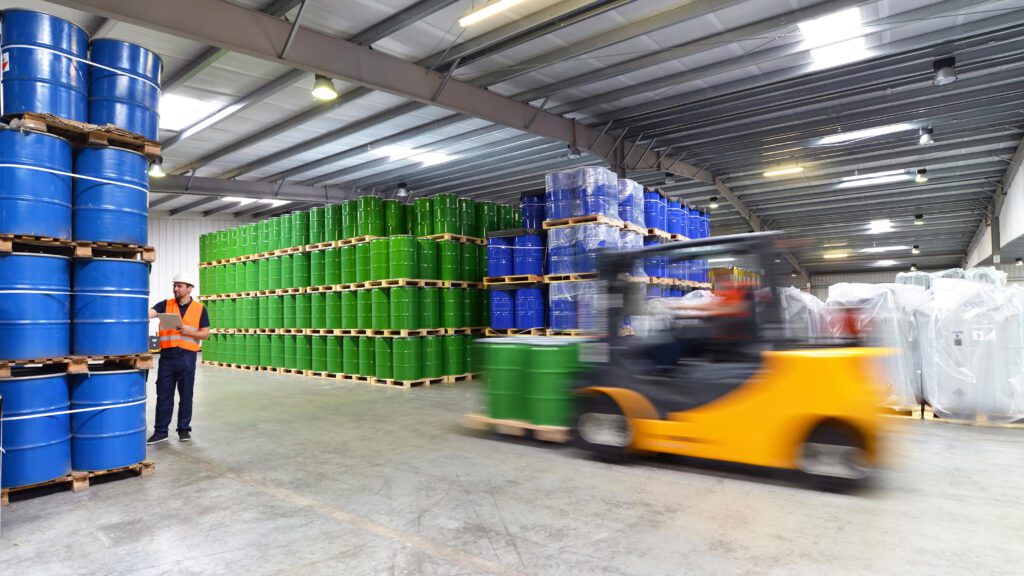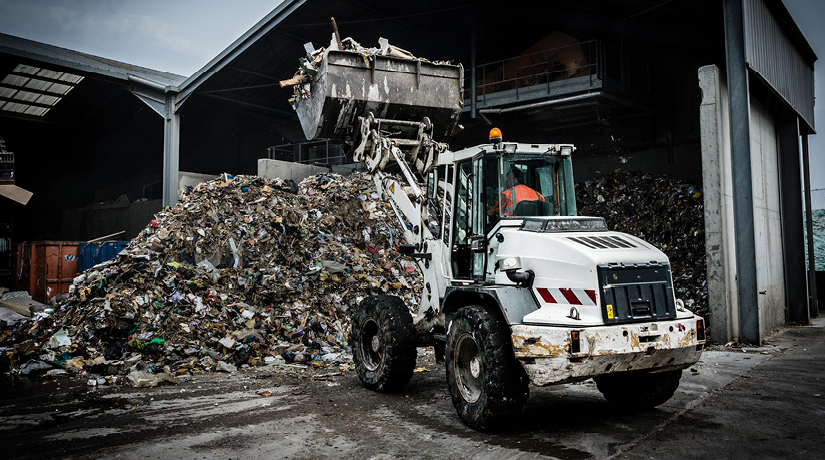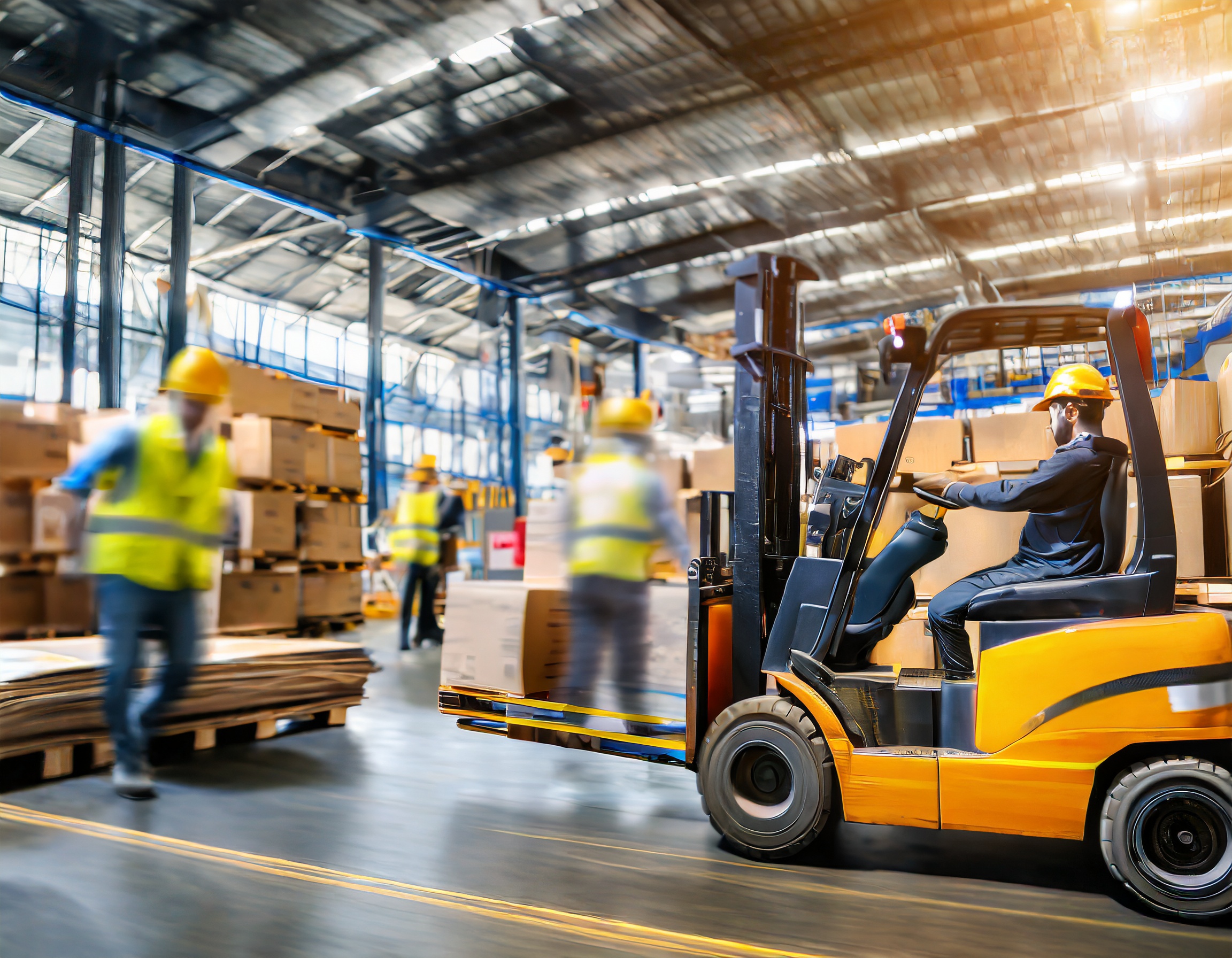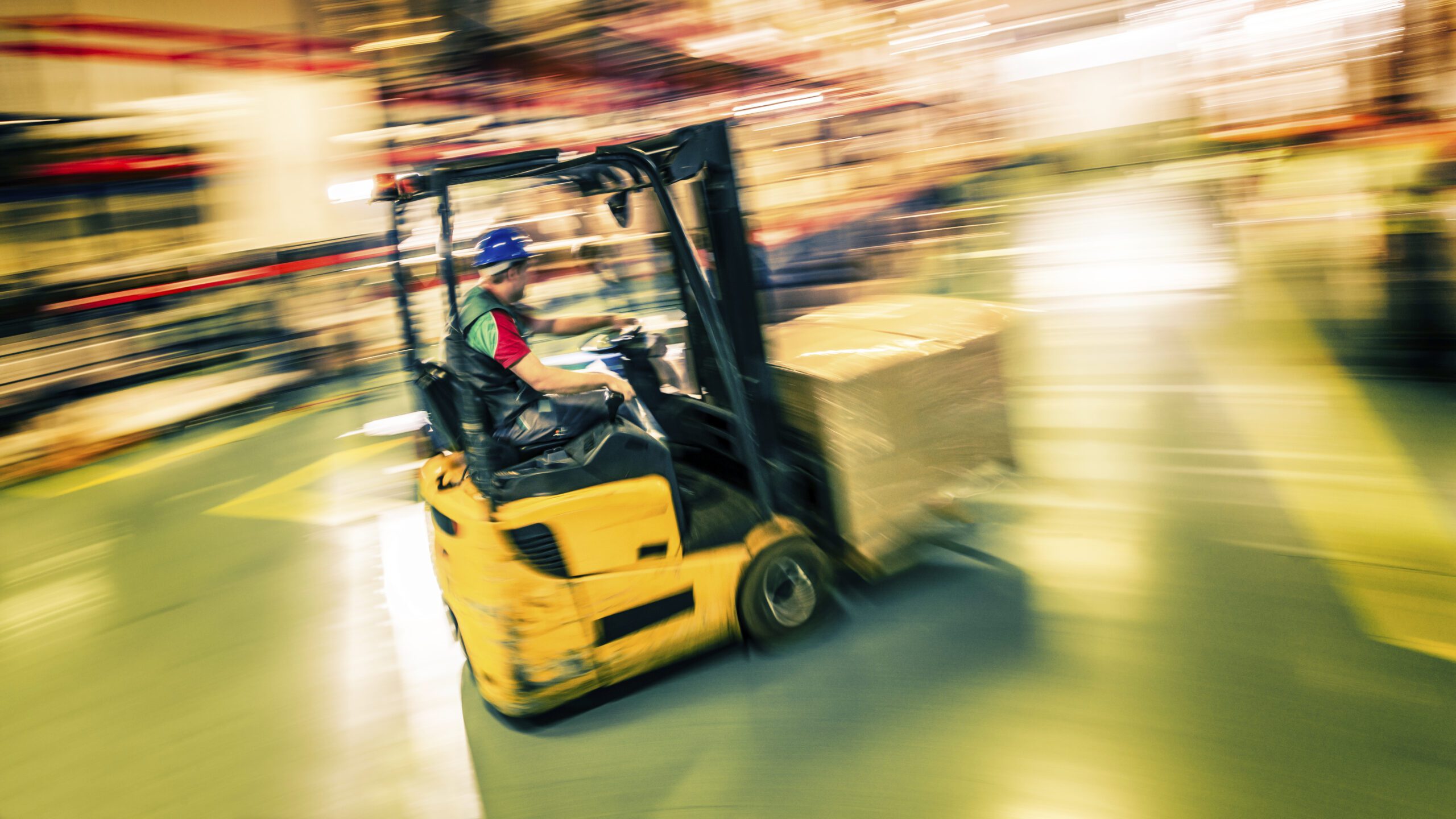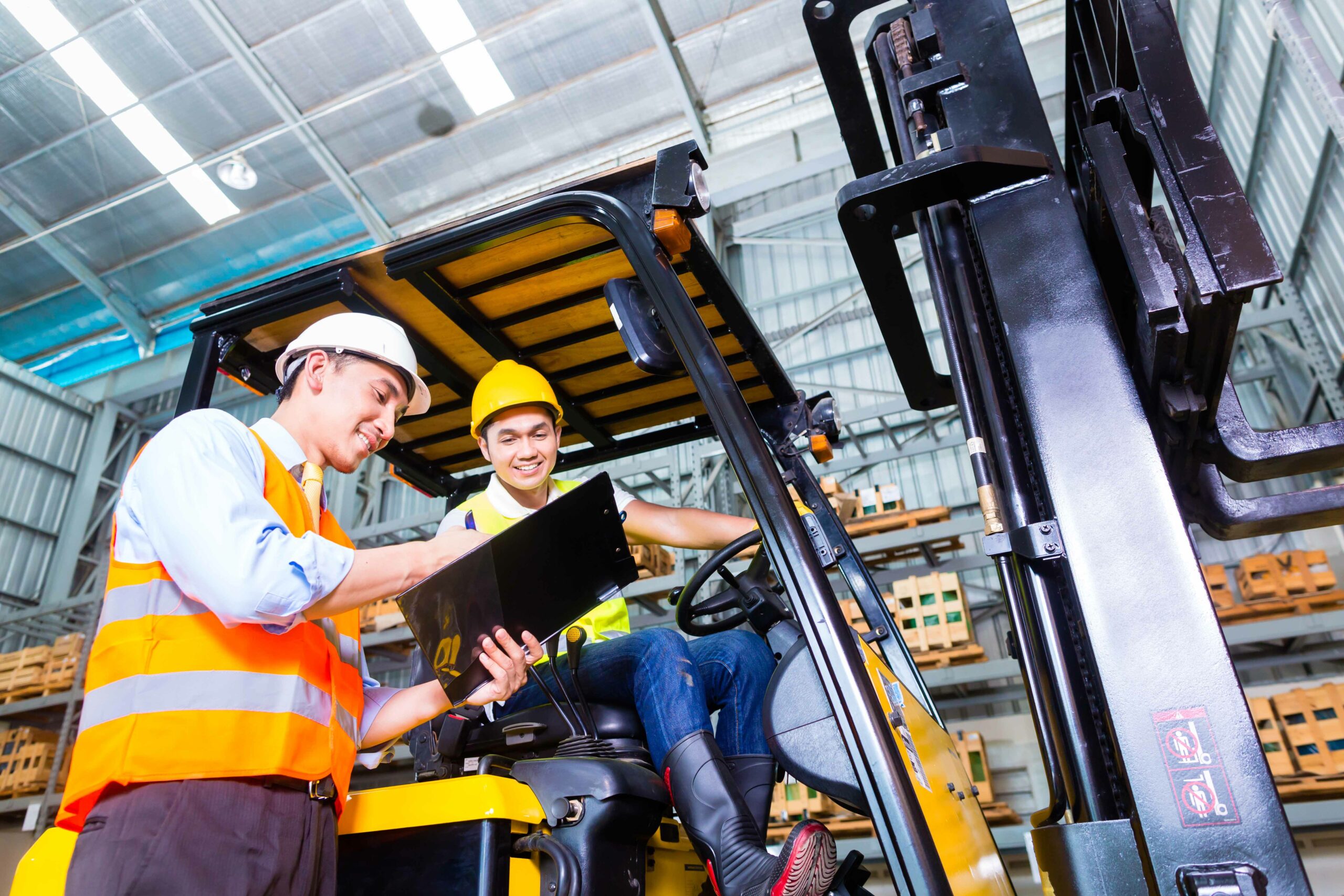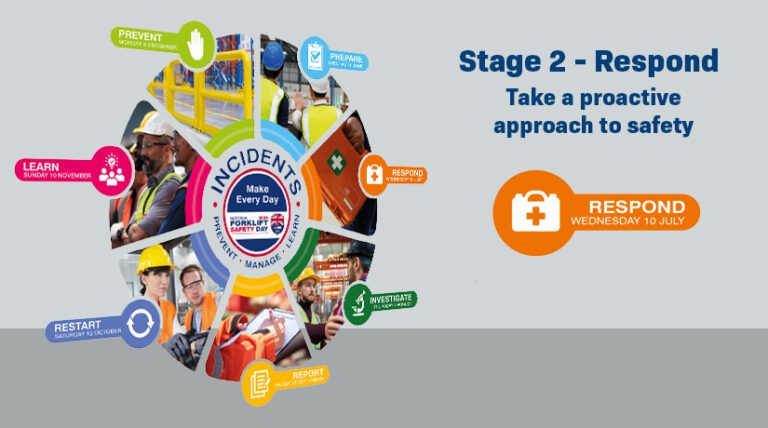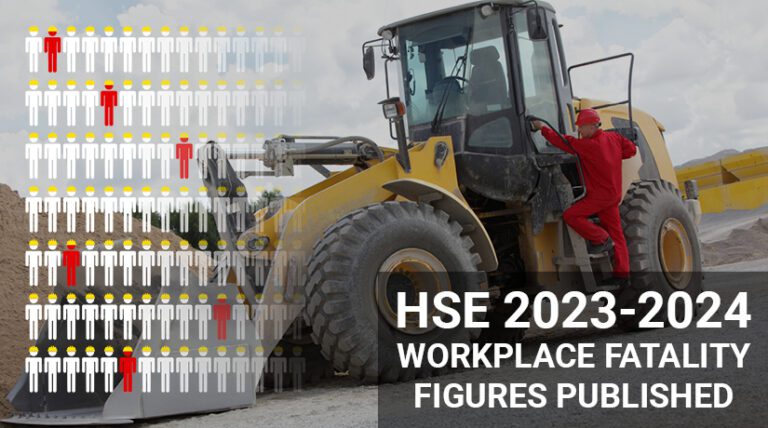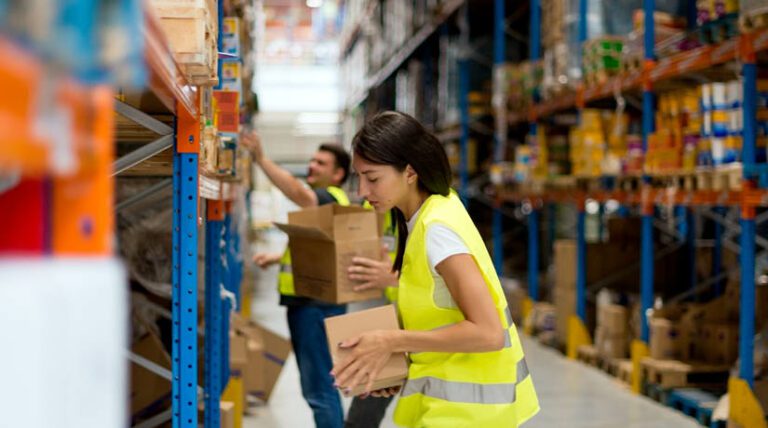Blind spots present a serious problem and are a common factor in warehouse accidents. Warehouses are a hive of activity, with lots of people and vehicle movements often taking place at the same time in the same area. Sometimes, blind spots are impossible to avoid, so it’s important to take action to counteract the problem.
Below, we explore five reasons blind spots cause many serious warehouse accidents.
-
Limited Visibility Around Machinery
Blind spots are often caused by the vehicle’s design or loading and can also be created by the site’s layout or conditions. Drivers’ full line of vision isn’t always possible, especially in confined and busy spaces.
A recent investigation by the AA revealed that around a third of drivers have damaged their vehicle or had a near miss due to a blind spot, and road deaths where a blind spot was deemed a contributing factor have risen to a five-year high.
Forklifts are disproportionately involved in safety incidents, being involved in around a quarter of all workplace transport accidents. Their design means they are prone to blind spots, which, combined with site blind spots, can result in devastating warehouse accidents.
Pedestrians too often fail to see the full picture around them, which is extremely dangerous in areas where vehicles are moving. Additional measures should be taken around workplace transport to enhance pedestrian detection.
-
High Traffic Areas
Blind spots in high-traffic areas pose the greatest risk. Even huge warehouses suffer from clutter and confined space around shelving, which easily creates blind spots around corners or where loads are highly stacked.
The chance of accidents increases at intersections where forklifts and other vehicles need to cross pedestrian walkways, in high-traffic areas, and in loading bays, so extra precautions must be taken to promote robust warehouse safety.
Reversing increases the risk and is the most dangerous activity when vehicles and pedestrians work closely together. Almost a quarter of all workplace transport deaths and more than 50% of forklift related. For busy drivers, reversing with a large load significantly impacts visibility and challenges even the most experienced driver. Even when a reversing collision doesn’t result in injury, it has the potential to cause serious and costly damage.
It’s important to be aware of accident hot spots and blind spots and implement measures, especially where vehicles operate in close proximity to other drivers and pedestrians. The HSE recommends total segregation where possible. This is the best way to avoid collisions and serious accidents.
-
Inadequate Lighting
Inadequate lighting has a significant impact on visibility and can be a contributing factor in warehouse accidents. Changing environmental factors also greatly impact visibility. Working during hours of darkness or in low-level lighting, poor weather conditions, and dust or smoke all contribute to reduced visibility and easily create areas where vision is compromised.
Simply entering the warehouse from outdoors into a darker environment or exiting into daylight quickly results in temporary vision loss to the driver as the eyes adjust.
Workers must be aware of the areas where reduced lighting and environmental factors increase risk. Sufficient permanent or motion sensor lighting should be in place, combined with unobstructed clear safety signage and floor marking.
-
Speed and Lack of Signage
Risk is increased when travelling at speed, especially with heavy loads or overloaded forklift forks, which obstruct the driver’s view.
Reducing speed, particularly at known blind spots, crossings, and intersections, will help reduce serious warehouse accidents. Enforcing speed limits with clear signage and traffic light systems, along with sufficient lighting, mirrors, and the use of horns at corners, will also help alert pedestrians and drivers to risk.
Suitable wall and floor signage to communicate speed limitations, traffic lights and barriers help slow traffic speed. A buddy system is where the buddy passes through the blind spot, checks for risk, alerts pedestrians, and guides the vehicle through. Additional measures such as ZoneSafe activated signage greatly enhances safety in areas where there is high traffic activity and to help remind drivers to slow down.
-
Inconsistent Training and Awareness
Putting robust processes and training in place is crucial in arming workers with knowledge about safety risks and ensuring everyone knows what to do should a warehouse accident occur.
It’s imperative all workers, including contractors and visitors, receive training or briefings to make them aware of the risks around them and what to do in an emergency.
Training should be up-to-date, relevant and regular, with ongoing refresher sessions to stay current. Highlighting high-risk areas and combining theory with practical training and safety drills will ensure everyone is familiar with the hazards around blind spots and warehouse accidents.
Blind spots present a challenge to warehouse safety and often result in serious or even fatal accidents. The combination of heavy equipment and loss of visibility presents a dangerous scenario. Blind spots are not always avoidable, but there are measures that warehouses can take to address the risk.
ZoneSafe works with warehouses to identify high-risk and blind spot locations and target those areas with a tailored solution.
Investigations following serious accidents often reveal that the accident could have been avoided had better safety systems and procedures been in place. ZoneSafe is a valuable asset in warehouse safety. The system alerts both drivers and pedestrians to the presence of risk before an accident occurs, raising situational awareness.

